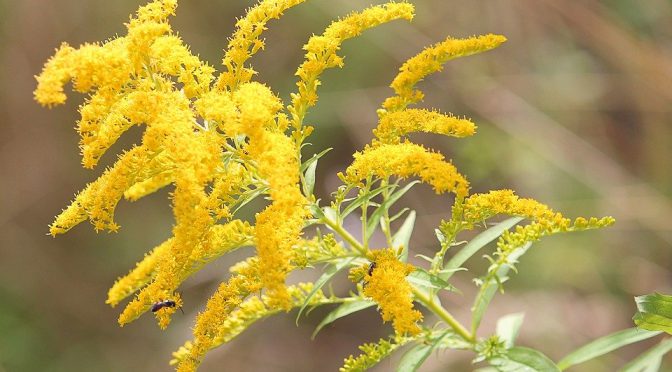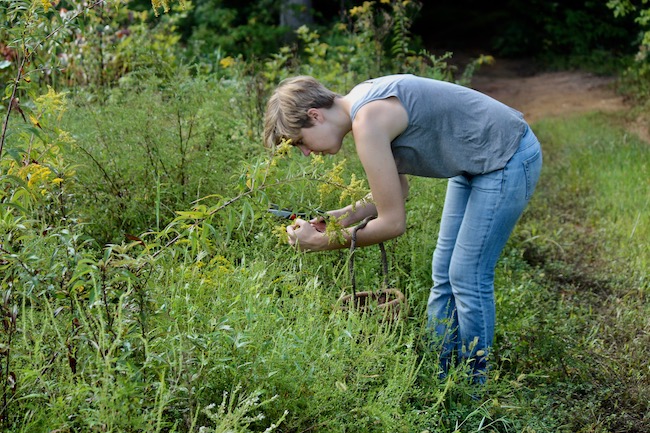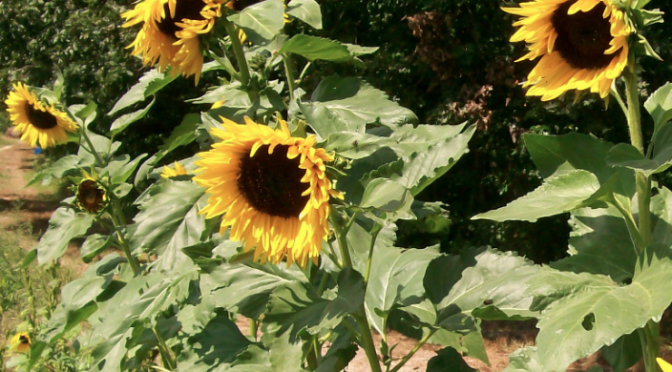It’s often surprising, especially to new gardeners, just how much you can harvest from a couple of herb plants. With relatively little effort you can have tons of basil, rosemary, oregano, and more. This time of year you’ll need to figure out how to preserve your herbs if you want to keep using them this winter. One simple, flavorful way to preserve herbs is to create infused oils and vinegars.
Vinegar
Herbal vinegars are excellent for homemade salad dressings and marinades or for sprinkling over sauteed or roasted vegetables. I love sautéed swiss chard with a splash of garlic vinegar.
You can use any type of vinegar you have on hand. Personally, apple cider vinegar and white wine vinegar are my favorites. You can also use whatever herbs you desire. I love sage, tarragon, garlic, basil, lemon balm, and dill.
To make you vinegar, loosely pack your herbs into a clean, glass jar. Bruising them a bit with a spoon can help bring out the flavor. Then cover your herbs with vinegar. Try to make sure all the herbs are fully submerged before putting a lid on your jar.
Allow your vinegar to steep in a cool, dark place for at least one week. After one week you can taste your vinegar to see if you like the flavor. If it isn’t strong enough you can let it continue to steep. It could take up to three weeks.

Oils
Herbal infused oils have been used as both food like basil oil and medicine like calendula oil. Like herbal vinegars, they make great homemade salad dressings and are also delicious for dipping fresh bread in.
To create herbal oils you’ll want a high-quality vegetable-based oil. Olive oil is my favorite but sunflower or other oil would work as well.
Traditionally, fresh herbs would be placed in a jar and covered with oil. They’d be left to steep somewhere warm and out of direct sunlight for several weeks. However, modern food safety experts recommend against this practice as fresh herbs and oil could create botulism.
If you want to use fresh herbs try gently heating them in the oil to impart their flavor more quickly than steeping them. Your oil can then be strained and safely stored in the fridge or freezer.
Alternatively, you can eliminate the risk of botulism by drying your herbs before steeping them. Using dry herbs you can cover them with oil and allow them to steep for about two weeks before straining them.
Herbal infused oils and vinegars are great, simple ways to store the season’s flavor. They also make excellent gifts for the culinary enthusiasts in your life!






